Summers in Texas are hot, humid, and tough on plants. However, you don’t have to give up your garden, as some plants actually do quite well in the intense heat! Keep reading to learn what plants you can grow in Texas in the Summer.
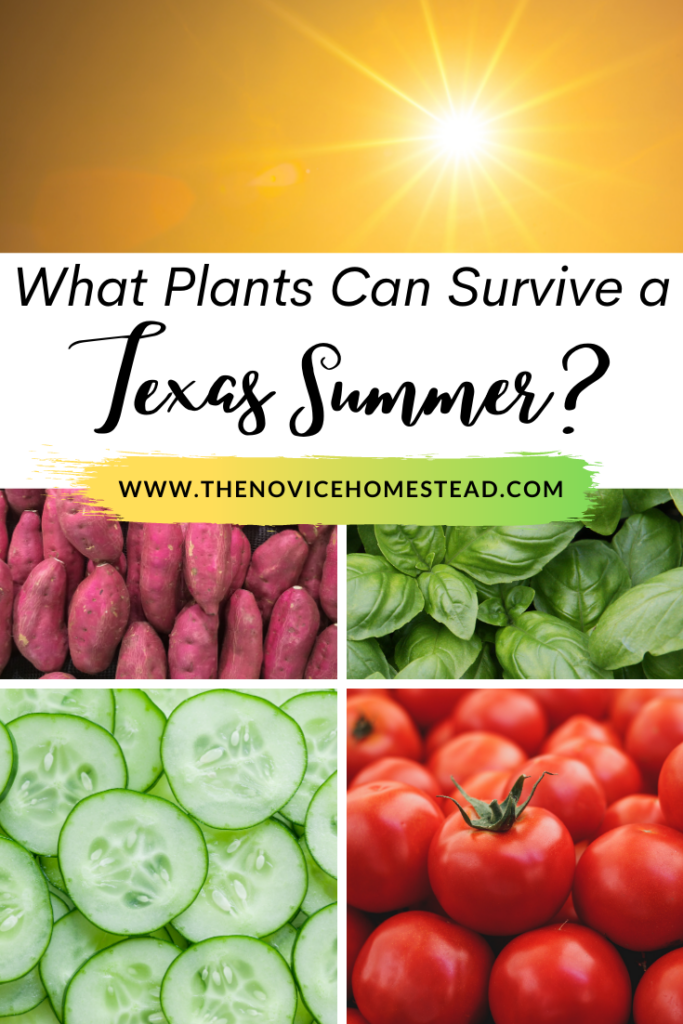
Summers in Texas are BRUTAL, with daytime temperatures rarely dipping below 90°F. During the hottest part of the year, there may be days at a time with temperatures topping 100°F.
As you can imagine, that’s tough on any garden and many plants won’t survive that kind of heat.
The good news is that you don’t have to give up on your garden in the summer, as long as you know the right plants to grow.
What Gardening Zones are in Texas?
Texas is a big state with diverse weather. The northern panhandle starts at USDA Hardiness Zone 6b, while the southern tip of the state is in Zone 10a.
For the most part, Texas is thought of as a hot state, and that is definitely true in the central and southern regions.
Related: Learn more about hardiness zones and how to start a garden here!
What Grows in Texas in Summer?
These plants are ones that I’ve personally grown and can attest to the fact that they DO survive, and thrive in Texas.
The Houston/Conroe/Woodlands area straddles USDA Hardiness Zones 8b and 9a, so if you are also in these zones, these are some great starter plants to try.
1. Cucumber
Cucumbers are always my star crop! They do love a lot of water, but as long as you stay on top of that, they will produce all summer long.
What I did notice is that the cucumbers got a little bit smaller in the summer months, but the yield stayed much the same as in the spring. We grew pickling cucumbers, which are a bit smaller anyway. (Click here to learn how to can your homemade pickles!)
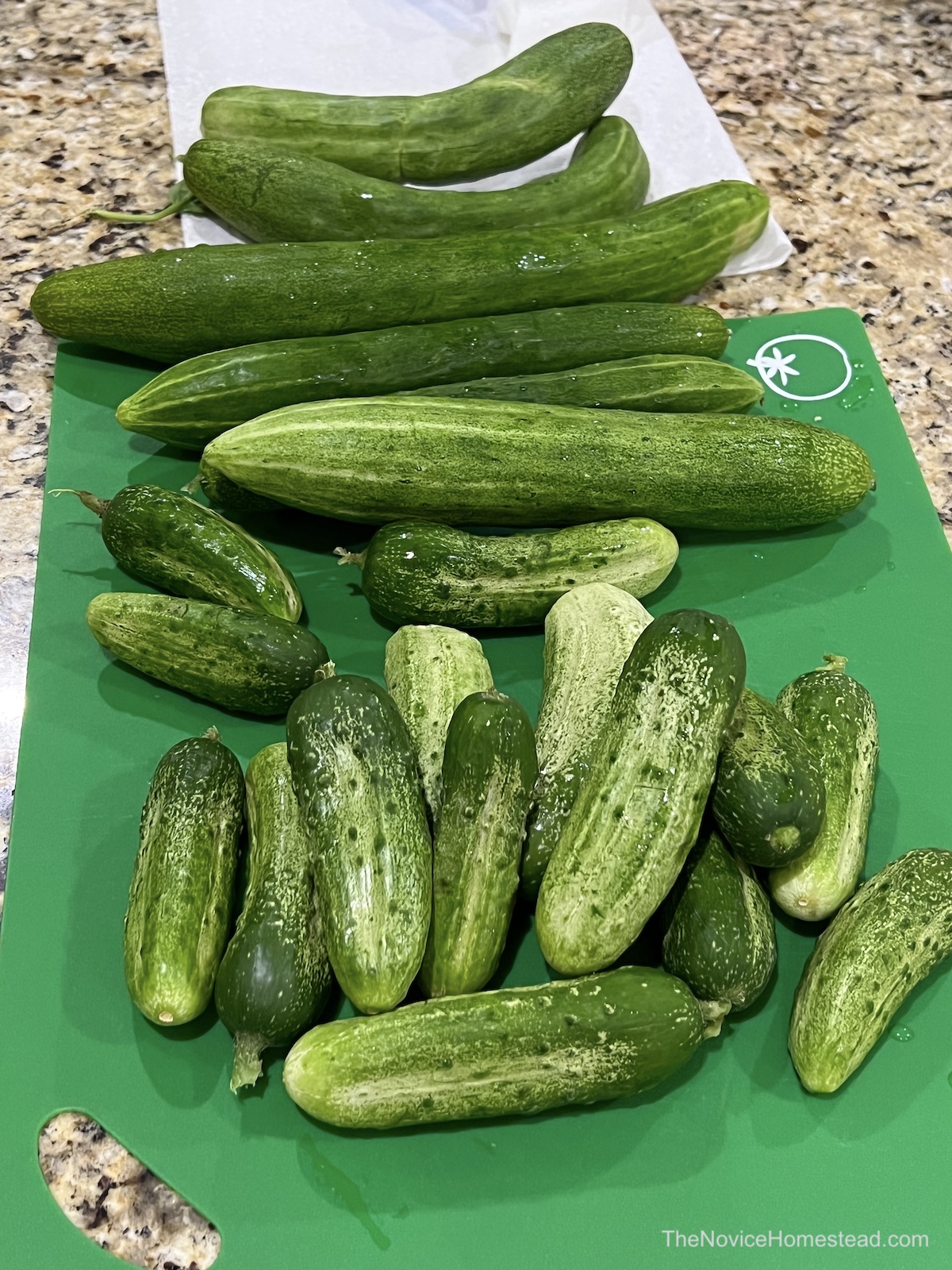
TIP: Grow your cucumber on a trellis, so that the leaves will provide shade to the rest of your garden below. More tips to grow better cucumbers here!
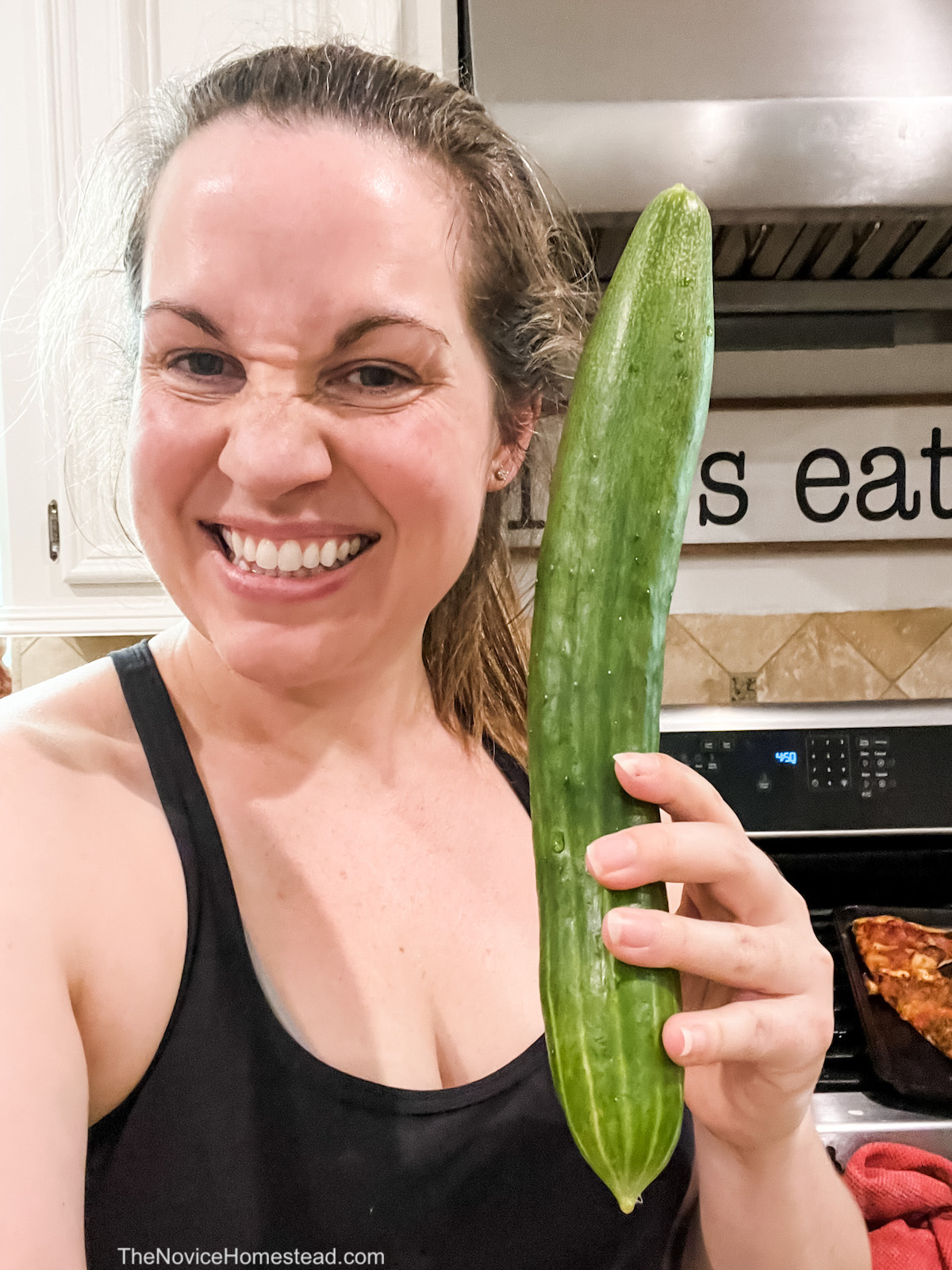
2. Tomatoes
Tomatoes require a good deal of care and attention. However, if you keep them watered and mulched, they can handle the heat.
When tomatoes don’t get enough water, they will start to crack. This is a sign you need to water more often, or do a “deep soak” watering.
TIP: If temperatures stay above 90-95°F consistently, you may notice that your tomatoes do not ripen all the way to a deep red color. You may want to pick them a bit earlier in summer then you usually would.
Read this Next: Click here to learn how to grow more tomatoes!
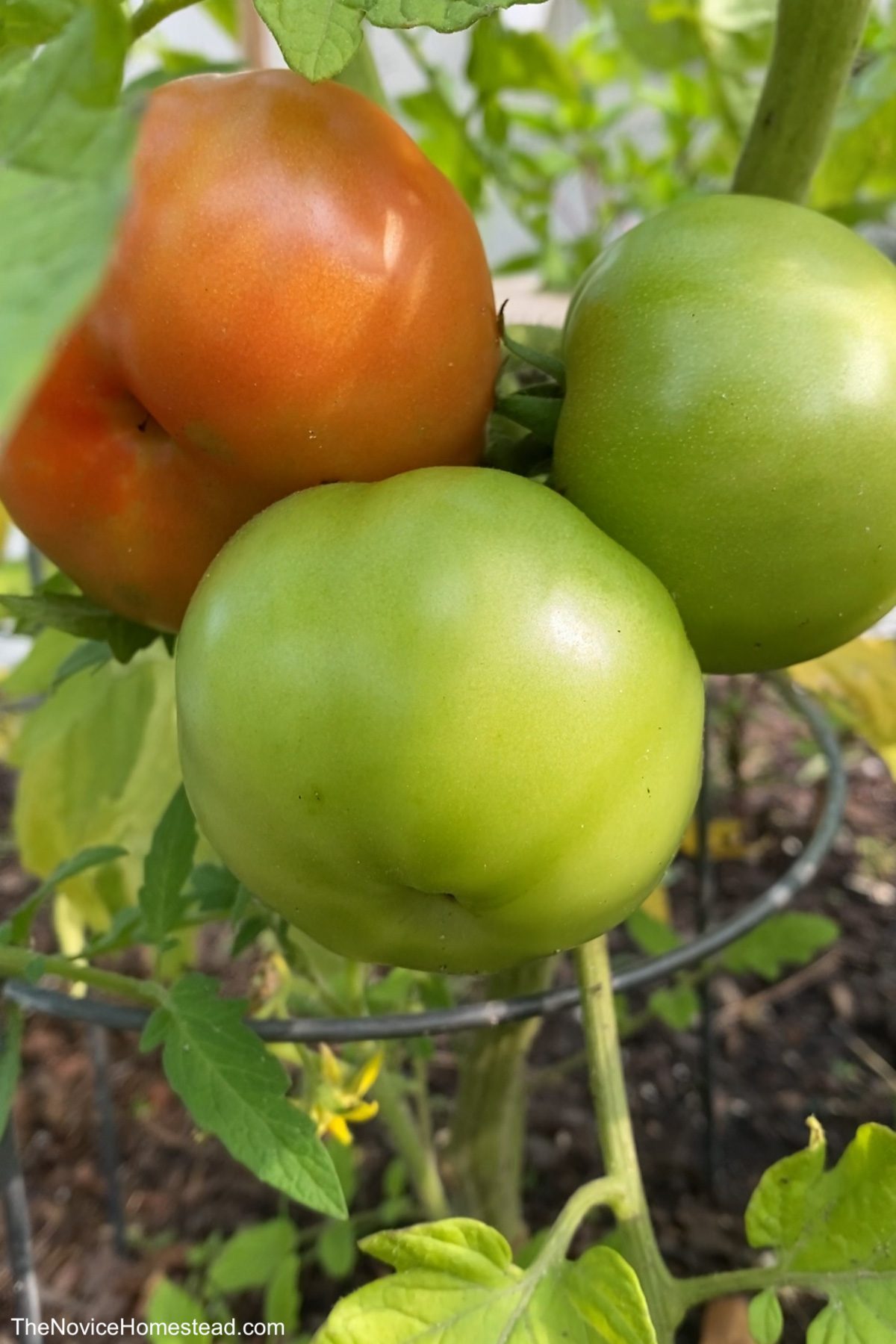
3. Thai Basil
Thai basil thrives in hot climates, making it ideal for Texas gardeners. It would also do well in many other areas with similar weather.
Unfortunately, Thai basil does not tolerate cold weather, so even Texas’ mild winters may be too much for it to survive.
TIP: Plant basil in containers, so you can move them indoors when cold weather arrives.
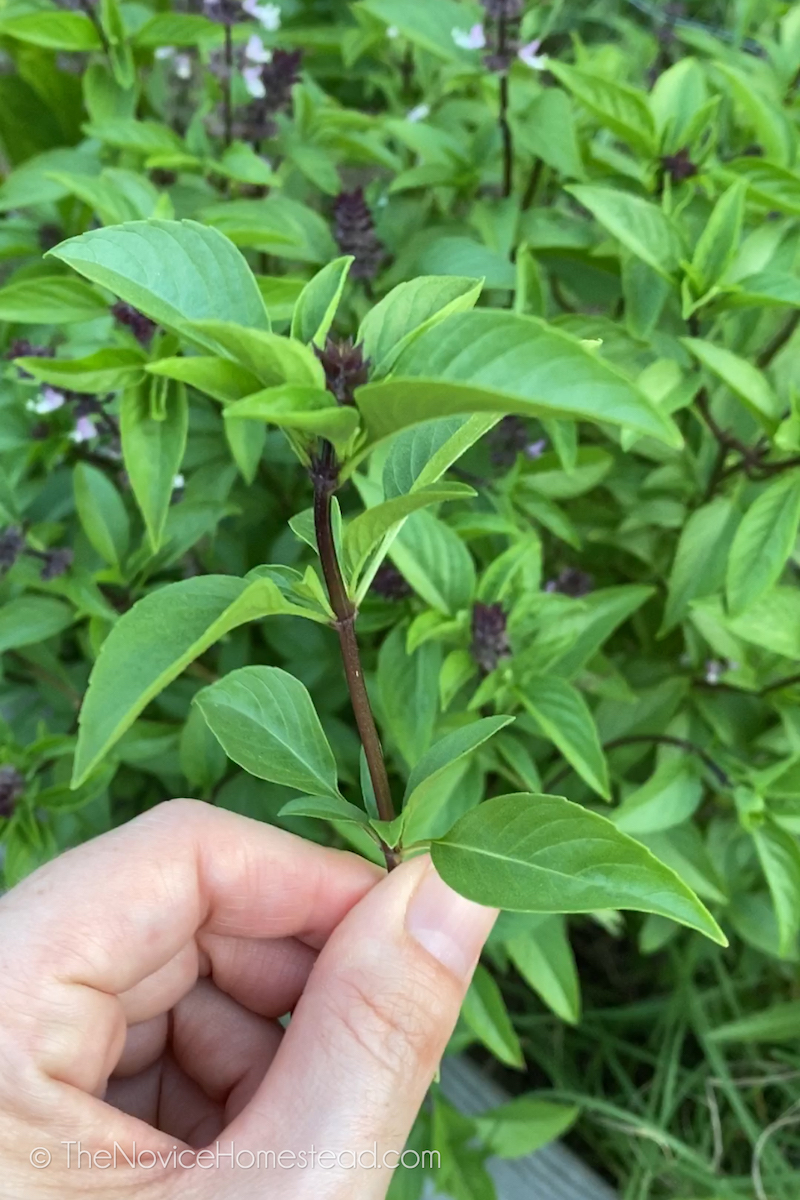
4. Melons
Many types of melons thrive in hot and humid weather, so they are perfect for hot and humid parts of Texas. I’ve grown quite a few varieties successfully, so it’s really about choosing a flavor that you enjoy. Cantaloupe, watermelon, and many specialty varieties will grow well in many parts of Texas.
In fact, these little Kajari melons grew so quickly that we could barely keep up with them!
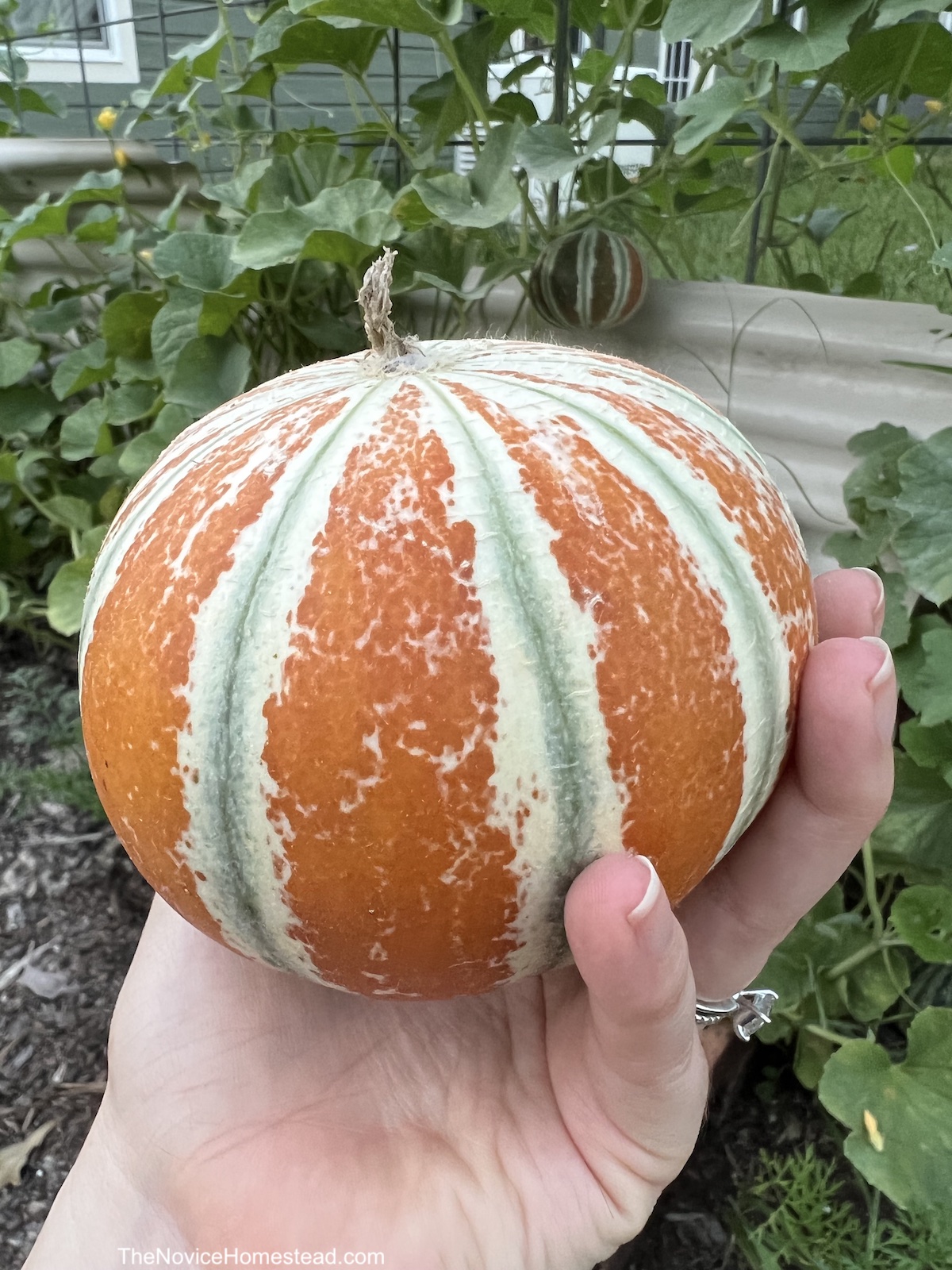
5. Green Onion
I love green onion because it is overall such an easy plant to grow! I also use it in a lot of things we eat, so it’s useful for our family.
Green onion will thrive even if it starts to get hot. I did notice that my plants started to flower, but they continued to grow despite this.
I planted green onion when we first moved into our home five years ago (those early plants are pictured below). I’ve never bought green onion from the store since and those same plants continue to provide for our family. This is one of the easiest plants to grow if you’re just getting started!
Related: Click here to learn more about growing green onions.
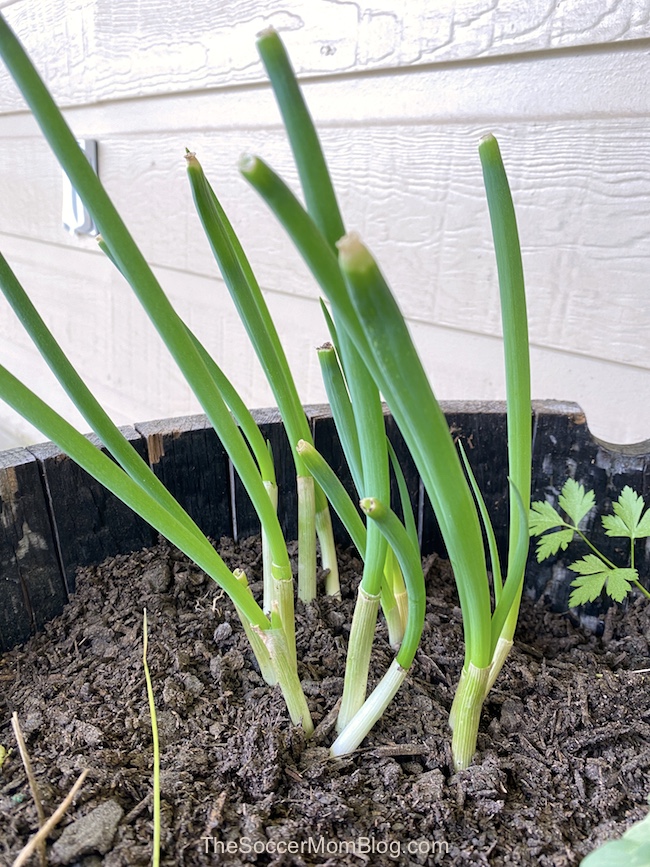
6. Sweet Potatoes
Sweet potatoes are a tropical plant, thriving in heat and humidity. That makes them perfect for many areas in Texas, or other southern states.
The thick leafy greens that grow above ground on a sweet potato plant also provide shade for your garden.
Related: Click here to learn more about how to grow sweet potatoes.
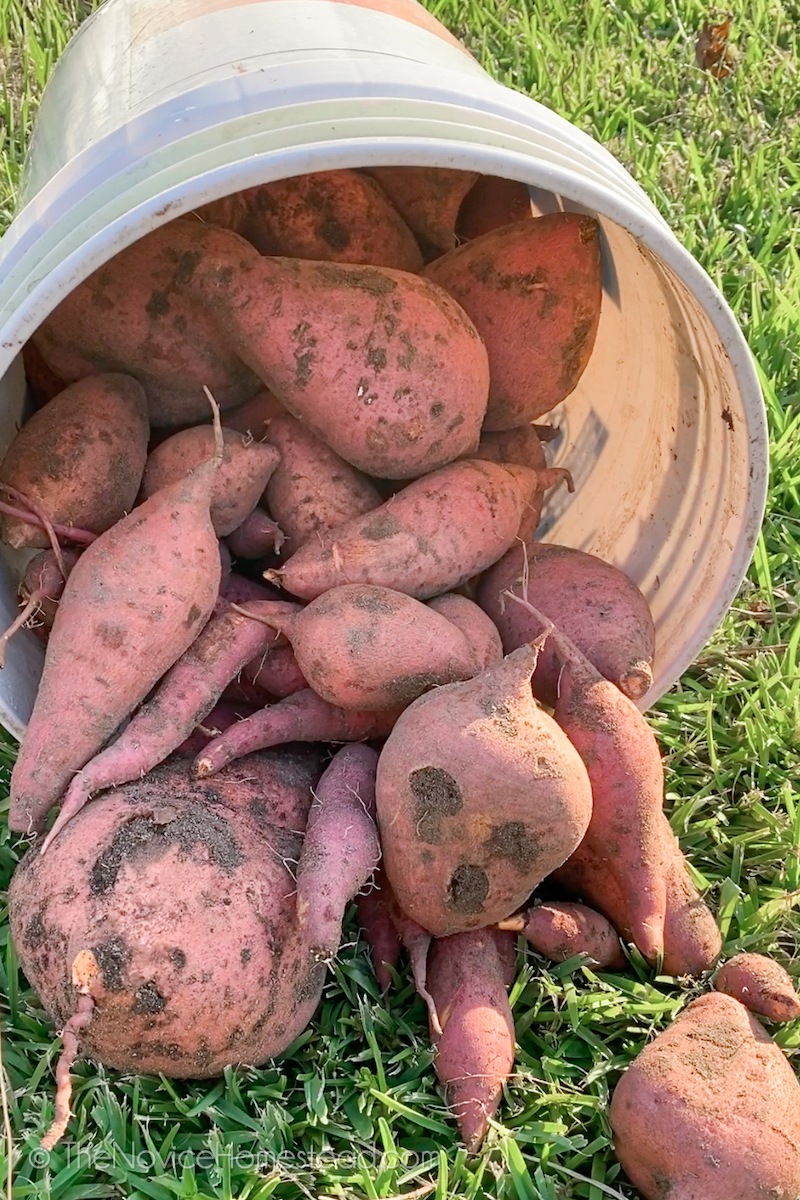
7. Soy Beans
I planted a few experimental soybean plants last years and they grew so rapidly that this became a staple in our garden.
Soybeans grow quickly and produce lots of pods, even in fairly extreme heat.
My girls love when I steam the whole pods and salt them, just like edamame you’d order at a Japanese restaurant.
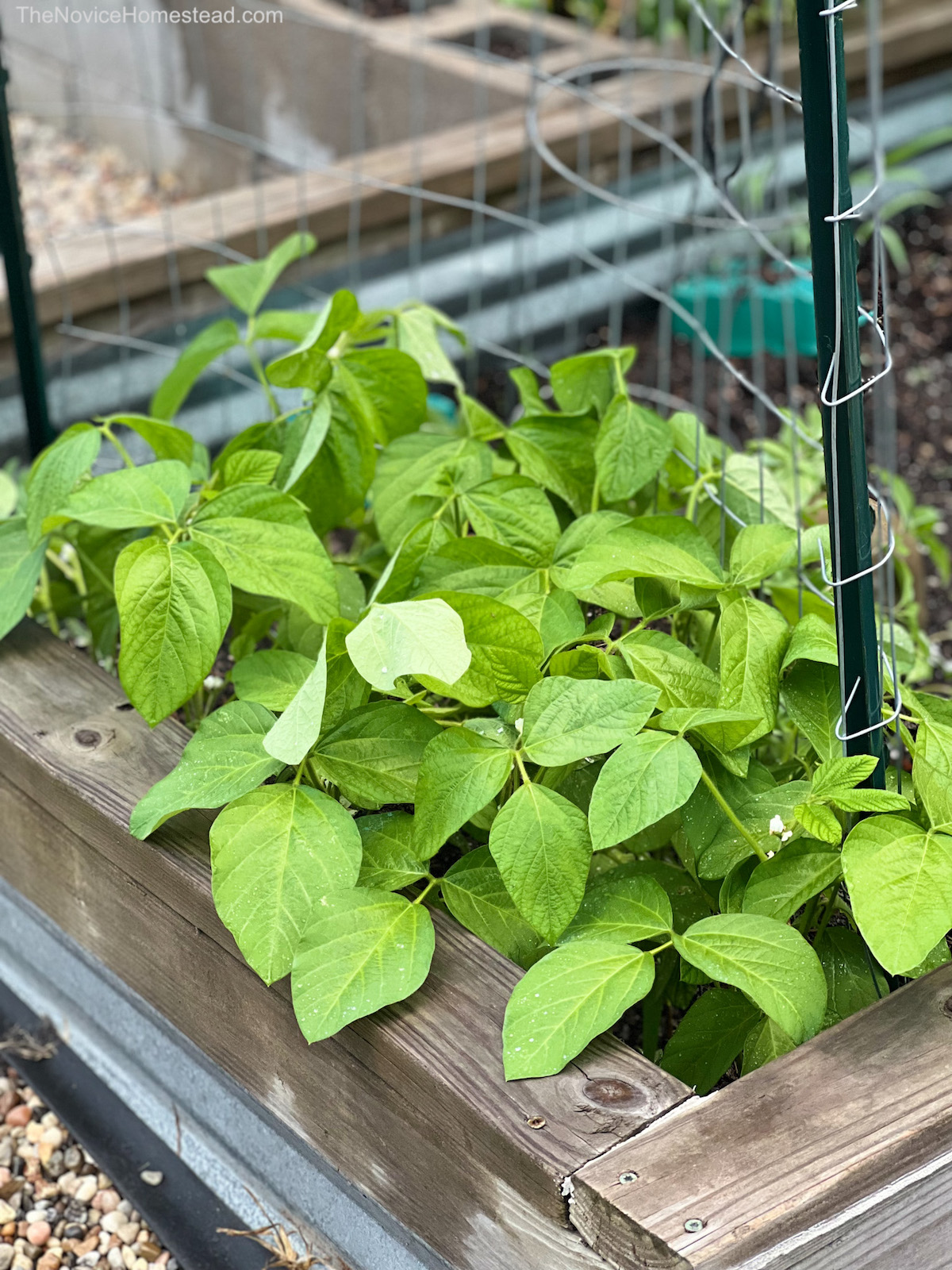
8. Peas
Our pea plants grew huge — almost as tall as I am! They continued to produce pea pods throughout the summer. I found these to be easy to start (you can plant them directly in the ground) and maintain.
I’ve tried a few different varieties, both the peas you need to shell, as well as crispy sugar snap peas. They all were quite prolific producers and the whole family loved them!
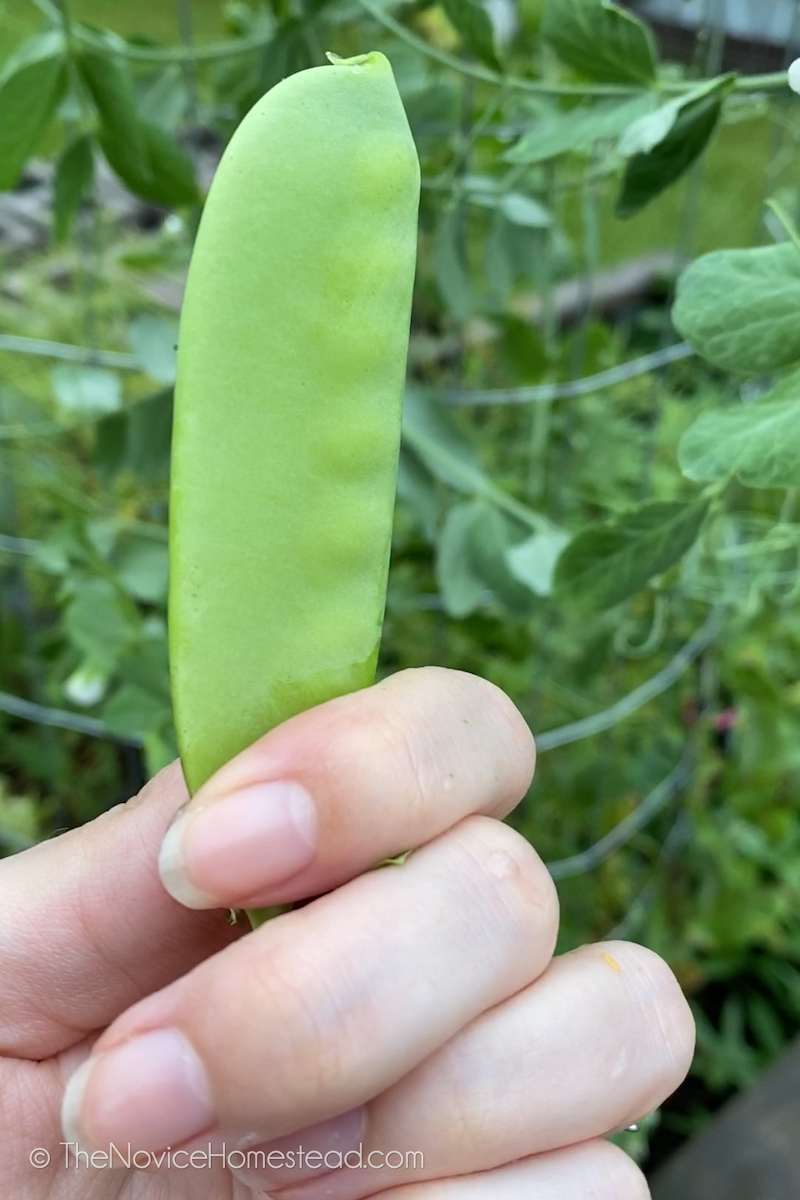
9. Kale
Though kale is often categorized as a cool weather plant, ours did well the rest of the year too. They continued to grow throughout the summer and we enjoyed fresh greens.
I’ve read that kale can turn bitter in warm weather, but I didn’t notice a big difference in flavor. In fact, I love to pick fresh kale to add to salads, rice bowls, or pretty much anything. It’s also tasty sautéed, which could help hide any perceived bitterness.
TIP: Plant your kale in the fall, so it will be well developed and strong enough to last through the summer.
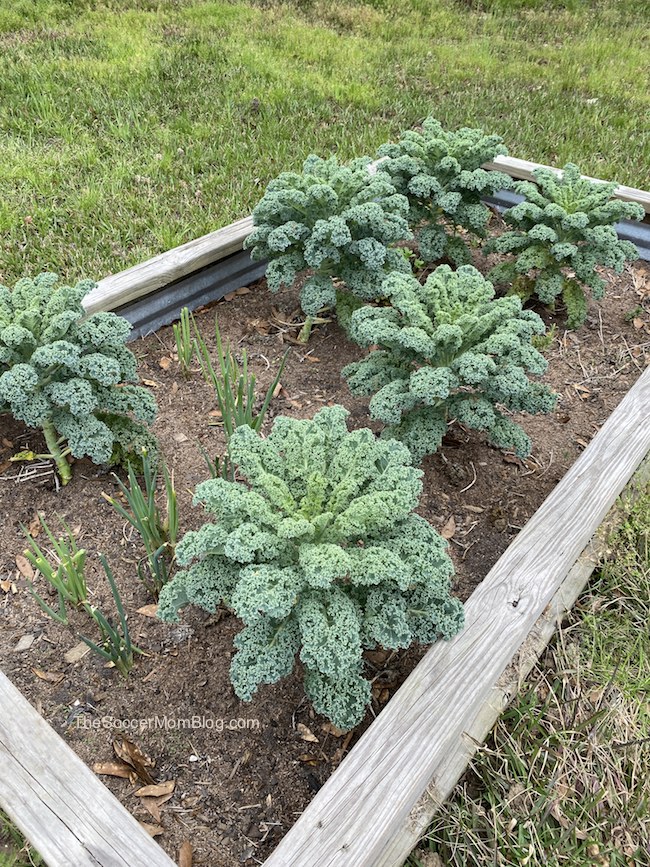
10. Squash
There are quite a few varieties of squash that you can grow in warm climates, such as Texas. I love to grow Peter Pan Squash (also known as Pattypan Squash) and Lemon Squash (pictured below). Both of these varieties are small and flavorful and the plants don’t take a lot of space in the garden.
Other squash varieties that should grow well in Texas include zucchini, yellow summer squash, and calabacita (a light green squash, not the pumpkin).
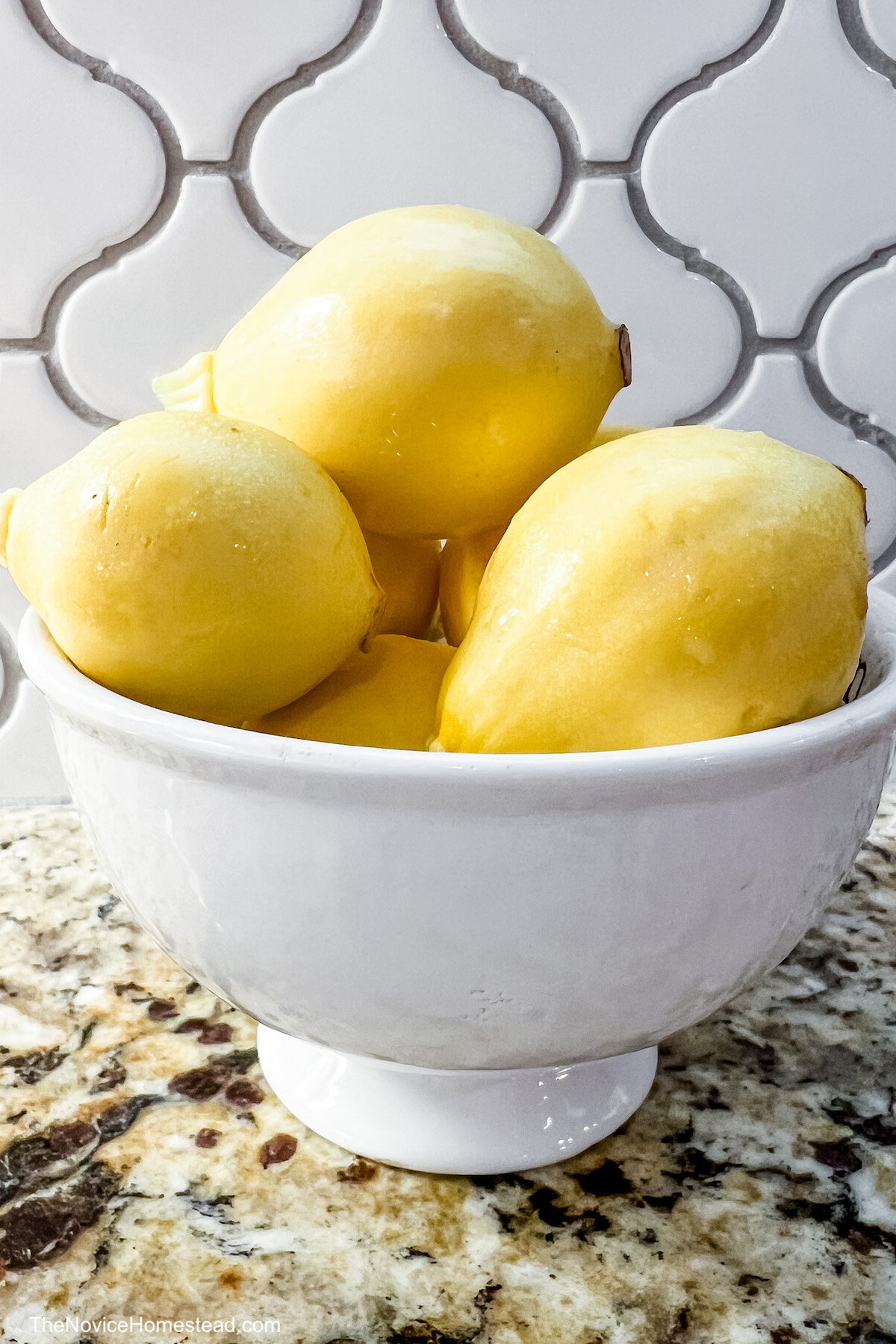
More Plants You Can Grow in Texas in Summer
Other recommended plants for a summer garden in Texas or southern states include:
- Corn
- Okra
- Green Beans
- Peppers
- Eggplants
How Often Should You Water Your Garden in the Summer?
Intense heat and longer periods of sunlight will cause gardens to dry out faster than normal. Raised bed and container gardens will often become dry even more quickly than in-ground gardens.
That means that during the summer, you may need to increase the frequency of your waterings, perhaps even 1-2 times per day!
Related: Click here to learn more about how often to water a garden. There’s also a free printable watering guide!